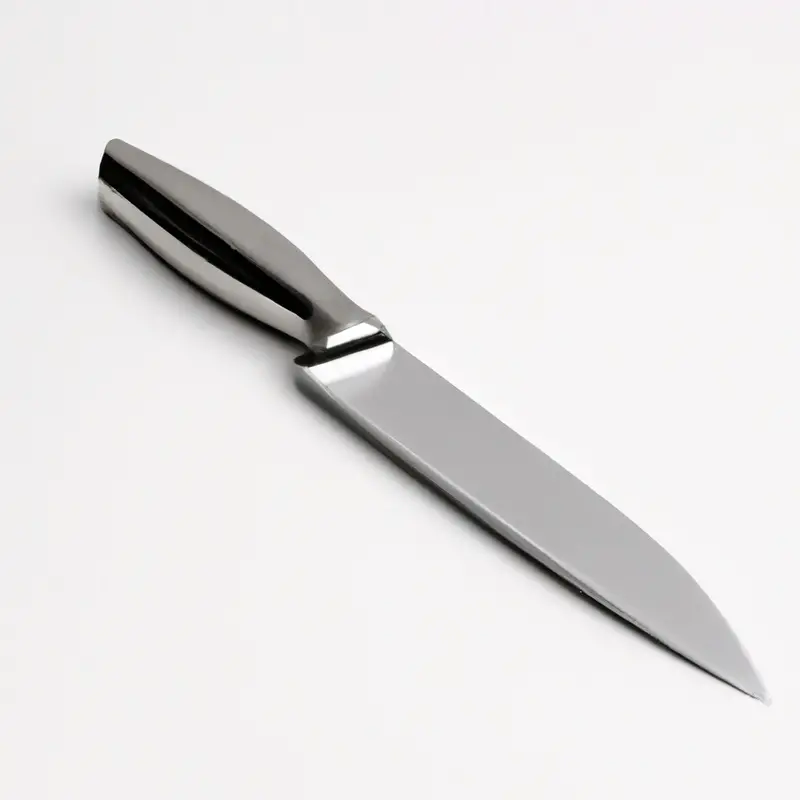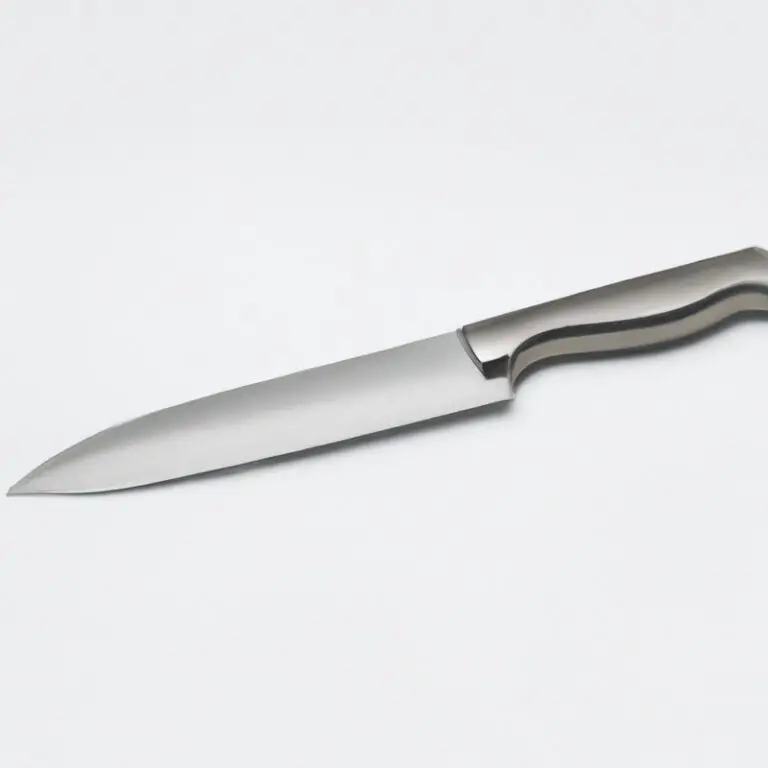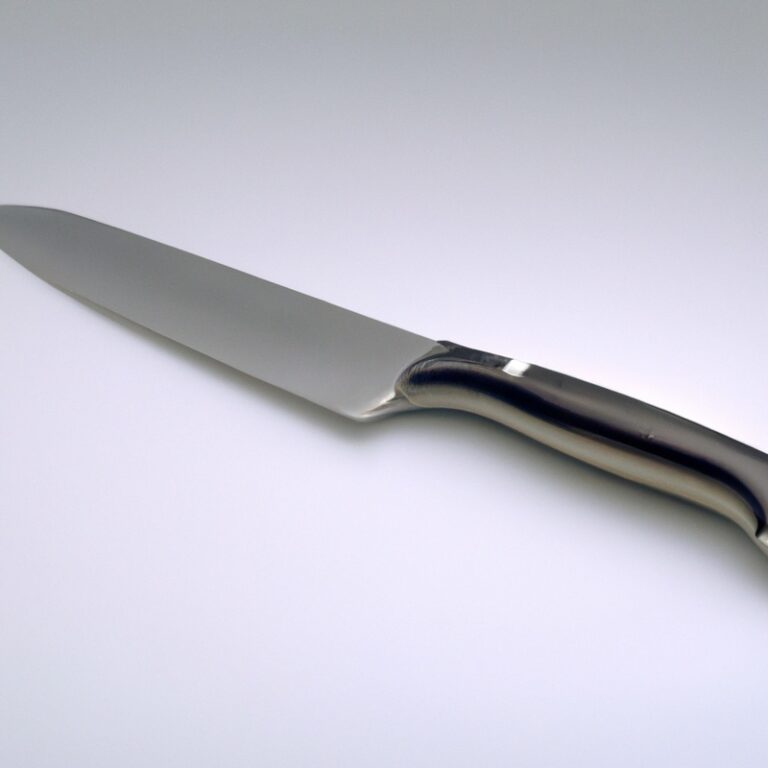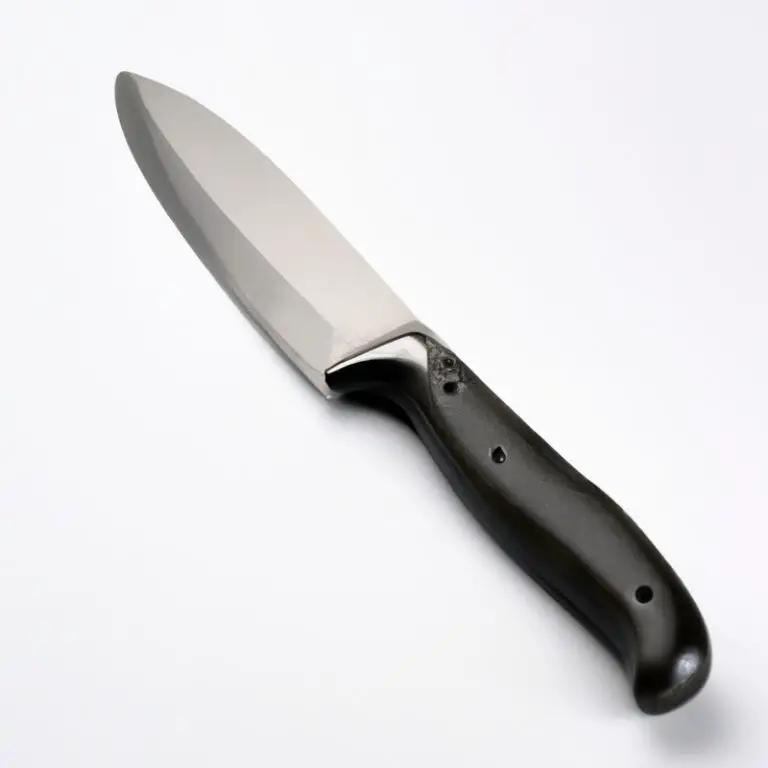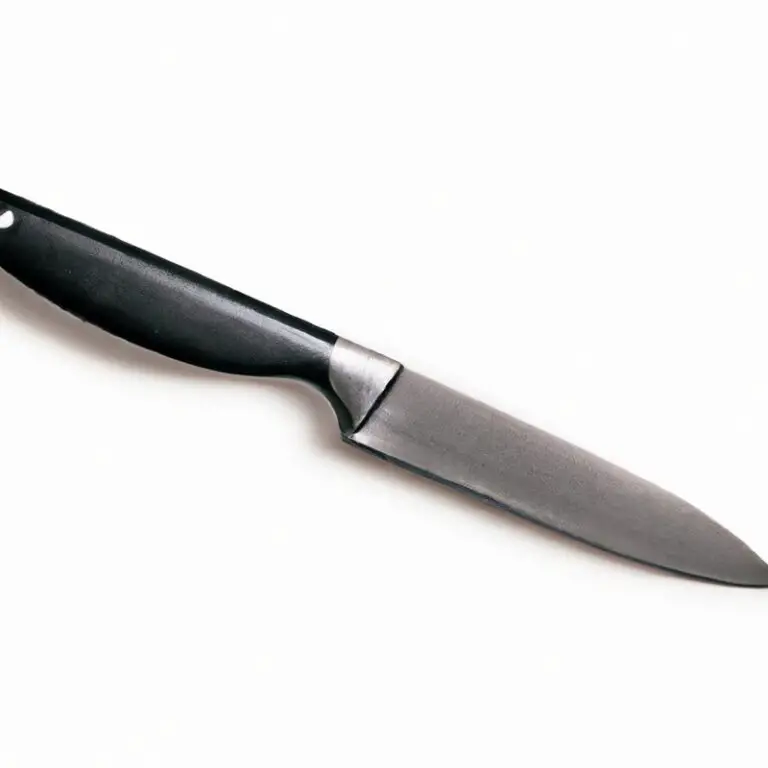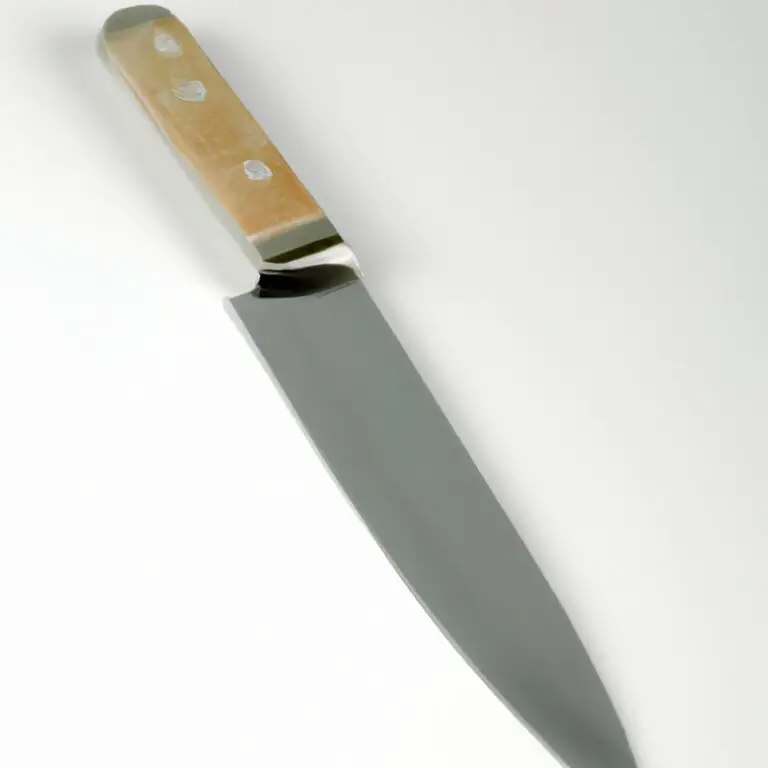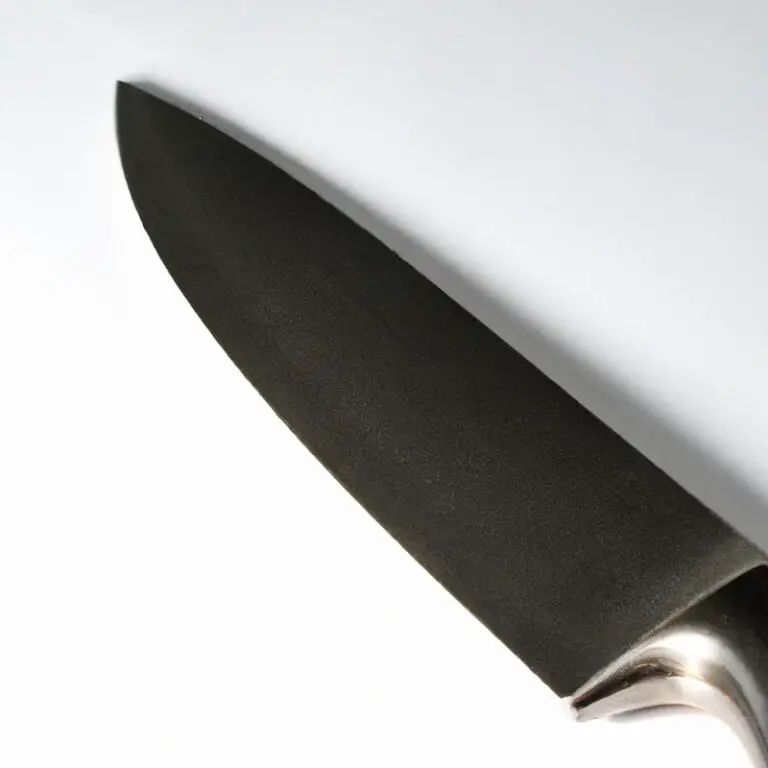What Is The Difference Between a Paring Knife And a Utility Knife? Explained
Key Takeaways:
- Paring knives are smaller and ideal for precise tasks like peeling and coring, while utility knives are slightly larger and more versatile for a variety of cutting tasks.
- Both knives are essential tools in the kitchen, but understanding their differences can help you choose which one to use for specific tasks.
- When selecting a knife, consider its blade material, handle grip, and overall balance for comfort and ease of use.
- Proper maintenance, including regular sharpening, will ensure that both your paring and utility knives stay in top shape for years to come.
When it comes to kitchen knives, there are many options to choose from, each with their own unique purpose. Two common knives that many cooks have in their arsenal are paring knives and utility knives.
But what exactly sets these two knives apart?
In this article, we’ll break down the characteristics, uses, and benefits of both knives, so you can make an informed decision about which one is right for your needs. Plus, we’ll share some tips for caring for your knives to ensure they last for years to come.
Read on to become a knife expert!
| Paring Knife | Utility Knife |
|---|---|
| Shorter blade | Longer blade |
| Straight or curved blade | Serrated or straight blade |
| Ideal for peeling and slicing small fruits and vegetables | Designed for general cutting tasks and larger produce |
| Lightweight and maneuverable | Heavier and more versatile |
| Blade length usually ranges from 2 to 4 inches | Blade length usually ranges from 4 to 7 inches |
Purpose of Different Knives in the Kitchen
Different knives in the kitchen are designed to serve specific purposes, making them unique in their cutting abilities. From slicing bread to cutting vegetables, each knife has a distinct purpose for which it is best suited.
Paring knives are small with a blade length of three to four inches and are ideal for peeling, trimming, and slicing fruits and vegetables.
A utility knife, meanwhile, is slightly larger and used for a range of cutting tasks, from slicing meat to dicing tomatoes. It has a blade length of around six inches and a more robust blade.
Understanding the purpose of the various knives in your kitchen will help you determine which knife to choose for specific cutting tasks to achieve the best results.
Understanding the Paring Knife
A paring knife is a small, sharp kitchen tool that is designed for precise cutting and peeling of fruits and vegetables. It typically has a blade length of about 3 to 4 inches, which makes it perfect for handling small and delicate tasks.
Paring knives usually come with either a straight or curved blade and have a pointed tip that makes it easy to maneuver around curves and contours.
In addition to peeling vegetables, paring knives can be used for intricate slicing, trimming, and scoring of fruits and vegetables. They are also commonly used for deseeding fruits like apples and pears and creating garnishes like lemon twists and orange zest.
When looking to buy a paring knife, it is important to choose one that has a comfortable grip to ensure that you have good control over it as you work.
The blade should also be of high quality and made from durable, rust-resistant materials like stainless steel. Overall, a good paring knife is an essential tool for any kitchen and can make your meal preparation tasks much easier and more efficient.
Characteristics of a Paring Knife
A paring knife is a small, sharp blade that is perfect for intricate tasks like peeling, trimming, and slicing fruits and vegetables. Its blade is usually between 2-4 inches long and tapers to a fine point, allowing for precision cuts.
The handle of a paring knife is usually lightweight and comfortable to hold, providing a secure grip for controlled cutting.
Paring knives are available in a straight or curved blade, and some models come with serrations that make it easy to cut through tough skin or peels. Overall, a paring knife is an essential tool for any kitchen that requires fine and delicate cuts.
Paring Knife Uses and Benefits
A paring knife is an essential tool in the kitchen that has a slim and sharp blade designed for precision cutting. Its primary use is for peeling and trimming fruits and vegetables, such as apples, carrots, and potatoes, but its versatility makes it ideal for many other tasks.
Some of the benefits of using a paring knife include its maneuverability and ability to work on small, delicate items, such as trimming the fat off of meat or deveining shrimp.
Additionally, the sharp blade allows for clean and precise cuts, giving your dishes a professional look. Other common uses for a paring knife include creating garnishes, scoring flesh for marinating or seasoning, and even filleting small fish.
To get the most out of your paring knife, it’s essential to keep it sharp and well-maintained.
Use a sharpening stone or honing rod to keep the blade sharp and always hand wash and dry your knife promptly after use.
Understanding the Utility Knife
A utility knife, also known as a sandwich knife or kitchen knife, is a versatile tool that is great for general purposes in the kitchen. Its blade length typically ranges between 4 to 7 inches with a pointed tip and a serrated or straight edge.
This knife is perfect for slicing and cutting meat, vegetables, and fruits, as well as slicing bread, cheese, and sandwiches.
The utility knife is designed to handle tasks that require more power than a paring knife but still need precision. Its long blade allows for smooth and steady cutting strokes while the pointed tip enables users to carve and trim with accuracy and consistency.
When selecting a utility knife, it’s essential to consider its durability, sharpness, and handle comfort.
Look for a sturdy blade that is easy to sharpen and maintain. The handle should be ergonomic and comfortable, providing a secure grip to avoid accidents and ensure comfort during prolonged use.
Investing in a high-quality utility knife is crucial for any home cook or professional chef.
Its versatility and functionality make it an essential tool in any kitchen, allowing chefs to handle a wide range of tasks with ease. In summary, a utility knife is a highly useful tool designed for a variety of kitchen tasks, including slicing meat and vegetables, as well as cutting bread, cheese, and sandwiches.
Ensure to consider durability, sharpness, and handle comfort when selecting a utility knife.
Characteristics of a Utility Knife
A utility knife has a straight blade that ranges from 4 to 7 inches long, which is longer than a typical paring knife but shorter than a chef’s knife. Unlike a paring knife’s pointed tip, a utility knife has a rounded tip.
It has a serrated or plain edge depending on the intended use, but most commonly, it has a plain edge that can cut through various items, including fruits, vegetables, sandwiches, and meats with ease.
Its straight blade provides precise cuts, while its slightly curved edge allows for a rocking motion that tackles tasks that require a back-and-forth motion like slicing. Utility knives come in various materials, including stainless steel, carbon steel, and ceramic.
Its handle can be made of wood, plastic, or metal, which should be comfortable to hold and secure in the hand.
Additionally, utility knives are lightweight, making them easy to maneuver. Overall, a utility knife’s combination of size, blade, and handle makes it versatile and practical for a wide range of tasks in the kitchen.
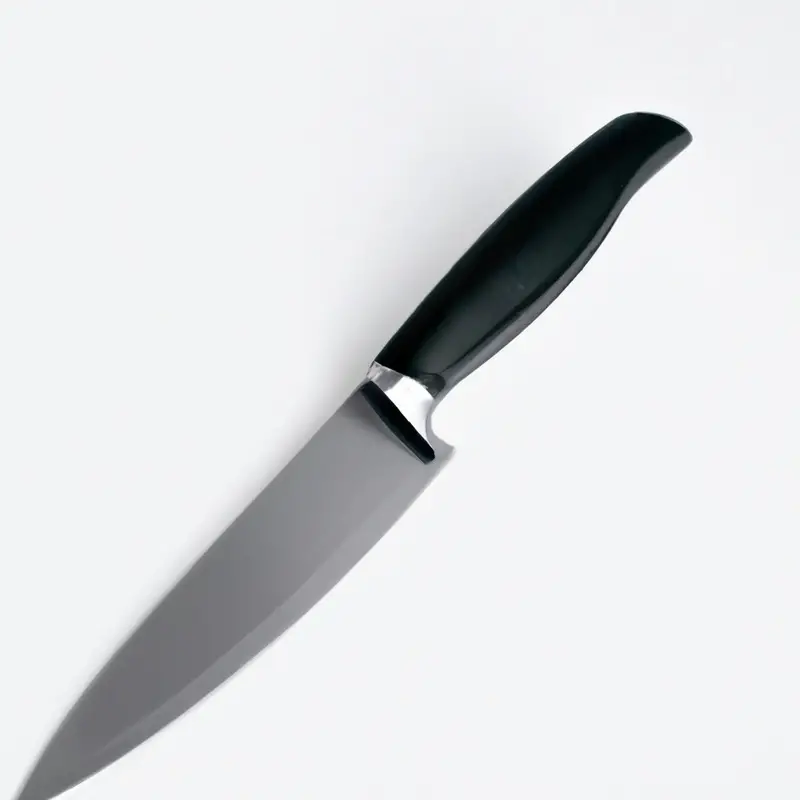
Utility Knife Uses and Benefits
Utility knives are versatile and essential knives in the kitchen. They are characterized by their sharp, pointed blades that are approximately 4-7 inches long.
Their sharpness and small size make them perfect for cutting through smaller, hard-to-reach items with precision.
Here are some common utility knife uses and benefits:
- Cutting fruits and vegetables: Utility knives are perfect for slicing through smaller fruits and vegetables, such as strawberries, carrots, and mushrooms.
- Trimming meat: They are also great for trimming fat and removing bones from cuts of meat or poultry.
- Cutting sandwiches: Utility knives are also useful for cutting sandwiches, especially those with tougher crusts that a bread knife might struggle with.
- Portability: Due to their small size, utility knives are incredibly portable and can easily be taken on the go for outdoor activities like camping or picnicking.
- Precision: Utility knives are ideal for tasks that require precision, such as trimming the edges of dough or cutting small, intricate decorative shapes.
In summary, utility knives are essential in any kitchen due to their versatility, portability, and precision. They are perfect for a wide range of tasks, from cutting fruits and vegetables to trimming meat and sandwiches.
Comparison between Paring and Utility Knife
The key difference between a paring knife and a utility knife lies in their blade length and design. While a paring knife has a shorter blade length of around 3-4 inches, a utility knife has a slightly longer blade of around 4-7 inches.
Another significant difference is the design of the blade.
A paring knife has a pointed, narrow blade, while a utility knife has a slightly wider and thicker blade with a slightly curved edge. Paring knives are primarily used for trimming and peeling fruits and vegetables, while utility knives are more versatile and can handle a wider range of tasks, including slicing meats, cheeses, and larger fruits and vegetables.
Both knives have their unique benefits and uses, and the choice ultimately depends on your personal preferences and cooking requirements.
With proper care and maintenance, both knives can last for years and provide excellent results.
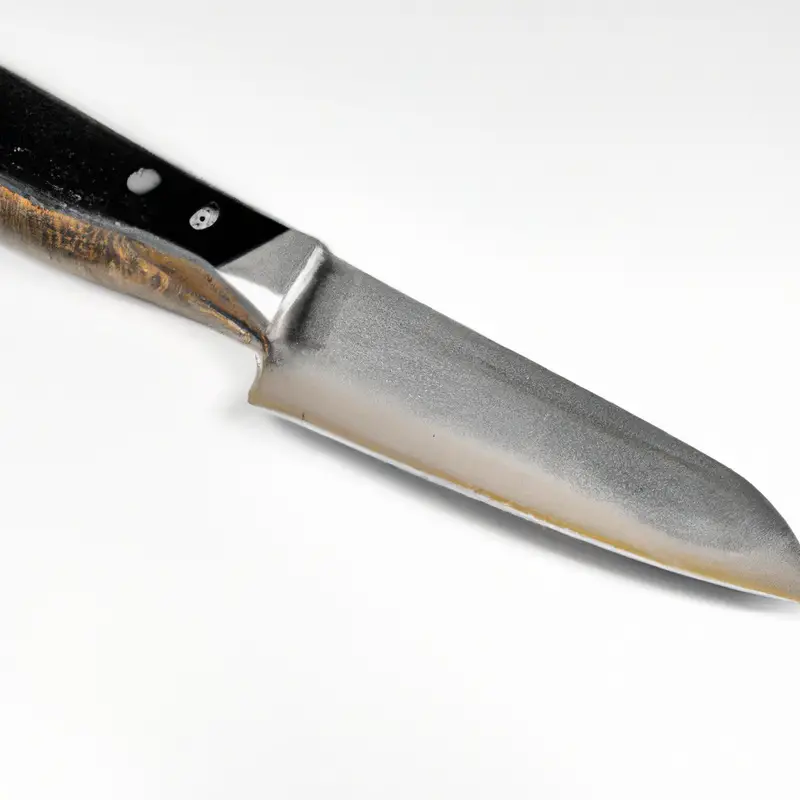
Which One to Choose?
When it comes to choosing between a paring knife and a utility knife, it ultimately depends on your needs in the kitchen. If you frequently work with small fruits or intricate tasks such as peeling, the paring knife is the clear choice.
For tasks that require more versatility and larger-scale cutting, the utility knife is the way to go.
Consider the kind of cooking you do most frequently, and if you find yourself using one of the knives more often, it may be worth investing in a better quality one. Keep in mind that both knives are essential tools to have in the kitchen and can complement each other nicely.
Ultimately, the choice depends on what feels comfortable in your hand and what you find most efficient for your individual cooking style.
How to Take Care of Your Knives?
To keep your knives in tip-top shape, consider the following tips:
- Hand wash your knives immediately after use and dry them completely before storing them. Avoid putting them in the dishwasher.
- Use a honing steel to maintain the blade’s edge, but ensure that you’re using it properly to avoid damaging the blade.
- Sharpen your knives regularly with a sharpening stone or an electric sharpener, based on the manufacturer’s recommendations.
- Store your knives properly, either on a magnetic strip or in a knife block, ensuring that the blades don’t touch anything else.
- Keep your knives away from moisture and acidic foods to avoid rust and corrosion.
- Always use a cutting board to prevent dulling the blade or damaging the cutting surface.
- Lastly, use the right knife for the right job and avoid using a knife for tasks it’s not designed for, like using a boning knife to chop vegetables.
By following these simple steps, you can extend the life of your knives and keep them sharp and efficient for years to come.
Final Verdict
In conclusion, understanding the purpose and characteristics of both paring and utility knives is crucial for any home cook or professional chef. While the paring knife is perfect for intricate cutting and peeling tasks, the utility knife’s versatility and durability make it the ideal choice for a wide range of kitchen applications.
When choosing between these two knives, it ultimately boils down to the specific needs of the user.
Remember to always take care of your knives properly and regularly sharpen them to maintain their sharpness and longevity. By investing in quality knives and mastering their usage, you can elevate your culinary skills and create delicious dishes with ease.
At the end of the day, whether you’re using a paring or utility knife, what matters most is the passion and creativity you bring to your cooking.
So pick up your knife of choice and get ready to unleash your culinary potential!

